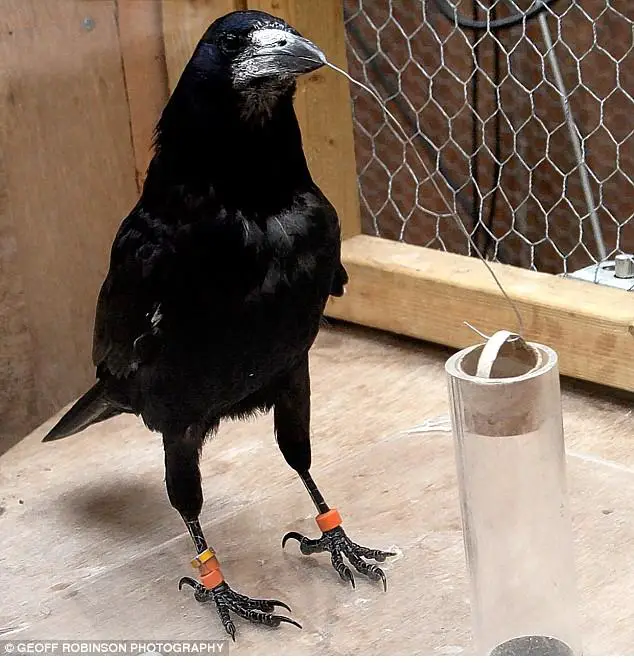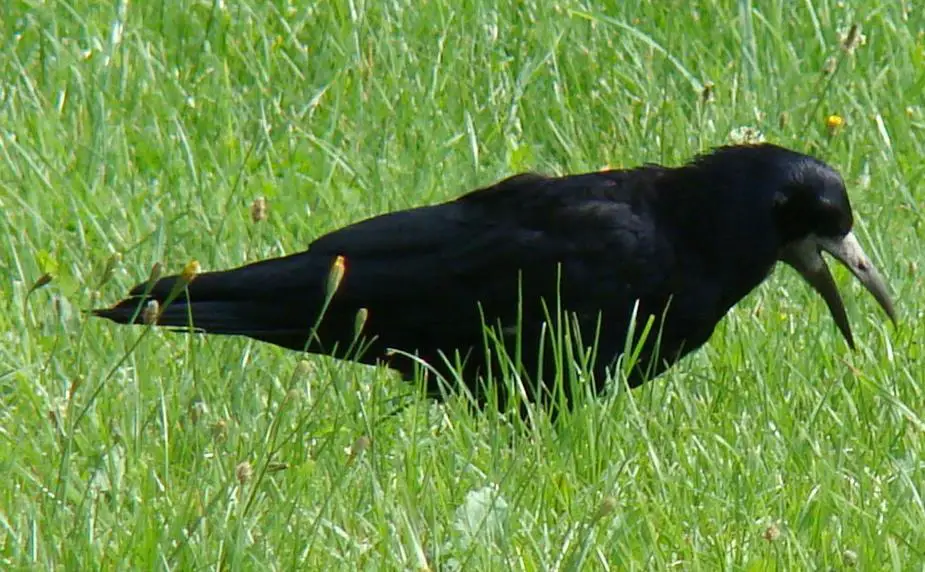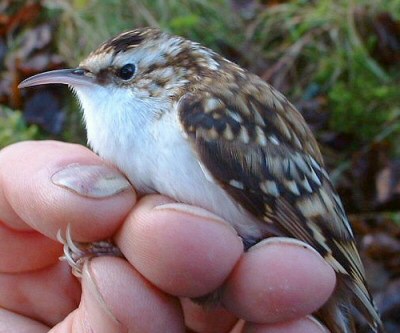Rook
The Rook a.k.a. Corvus Frugilegus seems like a really common bird with the tag “Nothing Special” attached to it. Well, think again! Besides the fact that it shares a name with a chess piece, already 2000 years ago a Greek fable writer called Aesop wrote that a rook uses stones to raise water level in a container to get to the liquid and quench his thirst. Turns out that Aesop was right and Rooks along with their closest relatives crows and magpies are indeed fairly intelligent.
Magpies have been shown to recognize their reflection (an achievement before attributed only to some primates, including Homo Sapiens), crows have been observed to use up to three tools to solve problems and rooks sometimes team up to get the treat. British scientists claim that rooks are as able to create tools as are chimpanzees – for example learning to bend a wire to create a hook to get some food.
Another distinction of this bird is that it’s very social. The birds usually travel and nest in huge colonies and often cause headaches to farmers as they enjoy eating crops and small chicks. A fun fact is that a group of Rooks is called a “building” and not very surprisingly the place where a colony nests is called a Rookery.
Rooks inhabit vast territories from Ireland to New Zealand where it was introduced and now is being eradicated as it’s not native to the territory. They have black feathers often showing a blue or bluish-purple sheen in bright sunlight their feathers on the head, neck and shoulders are particularly dense and silky. The legs and feet are generally black and the bill grey-black. The length of the bird is approximately 50 cm.
As this bird has lived next to humans for centuries it has also rooted in the folklore of different nations. Although rooks sometimes eat carrion (dead things) and people have usually attributed devilish characteristics to such animals the perception of rooks in folklore is not strictly negative. They have been believed to predict weather and even to escort souls to heaven. Also it has been believed that if rooks leave their nesting area it’s a bad omen for the people living nearby as rooks supposedly feel the coming of Death.
This species is not facing danger of extinction as it co-exists with humans fairly well. According to Birds Brittanica rooks are actually growing in number as they don’t have a natural predator.




